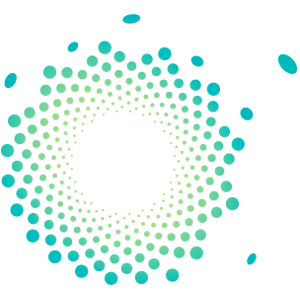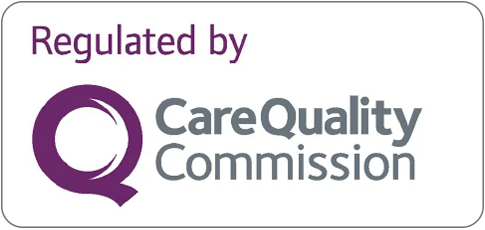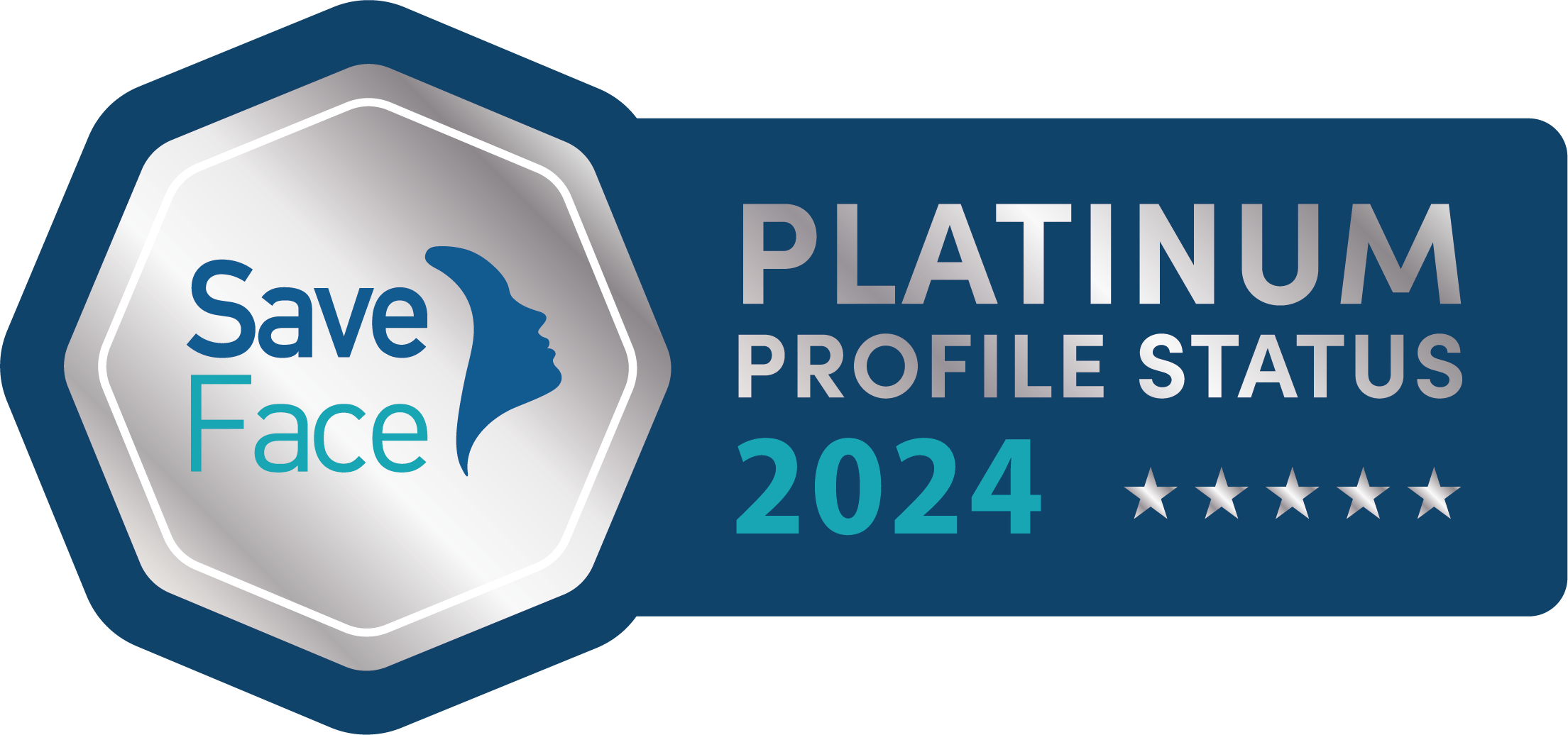Maybe a treatment that you didn’t know about?

At Rebalance Your Life Positive Ageing Clinic I aim to ensure a natural outcome and achieve the best results.
When we think of Botox, most people immediately picture smoother foreheads and erased crow’s feet. However, botulinum toxin—commonly referred to as Botox, which is a particular brand name for this treatment and the one that I use in clinic—offers much more than just anti-wrinkle treatments for the upper face. In recent years, using Botox in the lower third of the face has gained popularity for achieving a more balanced, youthful, and relaxed appearance.
This blog dives into how botulinum toxin can effectively be used for rejuvenating the lower third of the face, including the jawline, chin, and neck, highlighting its benefits, risks, and expected outcomes.
Understanding the Lower Third of the Face
The lower third of the face encompasses the region from the nose down to the chin. This area plays a crucial role in facial symmetry, balance, and overall attractiveness. With age, the muscles around the mouth, jawline, and chin start to weaken, leading to sagging, wrinkles, and an uneven jawline.
Common concerns in this area include:
- Marionette lines (lines running from the corners of the mouth down to the chin)
- Jowls (sagging skin along the jawline)
- Dimpling or “orange peel” chin (caused by hyperactivity of the mentalis muscle)
- Downturned corners of the mouth (caused by the depressor anguli oris muscle)
- Overdeveloped masseter muscles, which can lead to a square or heavy jawline
Botox is increasingly being used to target these specific concerns, offering a non-invasive solution to restore a more youthful appearance.
How Does Botox Work on the Lower Third of the Face?
Botulinum toxin is a neurotoxin that works by temporarily paralyzing or weakening specific muscles. In the lower face, certain muscles can become overactive or tense, leading to unwanted lines, wrinkles, or asymmetry. By injecting Botox into these muscles, their activity is reduced, allowing the skin to smooth out and the underlying tissues to relax.
Here’s how Botox is used in specific areas of the lower face:
- Jawline Contouring (Masseter Botox)
One of the most common uses of Botox in the lower face is for jawline contouring. The masseter muscles are located on the sides of the jaw and are responsible for chewing. In some individuals, these muscles are overdeveloped, leading to a square or overly broad jawline. Injecting Botox into the masseters relaxes the muscle, slimming the face and creating a more oval, feminine contour.
This treatment is especially popular in patients seeking a softer jawline or those suffering from bruxism (teeth grinding), which can lead to jaw pain and tension headaches.
- Chin Reshaping (Mentalis Botox)
A dimpled or puckered chin, often referred to as an “orange peel chin,” is caused by overactivity of the mentalis muscle. This muscle is responsible for the movement of the lower lip and chin. Over time, constant movement and muscle contraction can lead to a pebbly, textured appearance on the chin’s surface.
Botox can be injected into the mentalis muscle to relax it, smoothing out the dimpling and improving the appearance of the chin. It also helps with rebalancing the profile by reducing a “retracted” or weak chin.
- Lifting the Corners of the Mouth
As we age, the corners of the mouth tend to turn downward, giving a sad or tired appearance. This effect is largely due to the depressor anguli oris muscle pulling the corners of the mouth down. Small amounts of Botox can be injected into this muscle to relax it, allowing the corners of the mouth to lift slightly, creating a more neutral or happy expression.
- Reducing Marionette Lines
Marionette lines are the vertical lines that extend from the corners of the mouth down to the chin. These lines can create a sagging or jowly appearance. While dermal fillers are often used to treat marionette lines by adding volume, Botox can be used to relax the muscles contributing to their formation. This dual approach (Botox combined with fillers) is often the most effective in achieving natural, long-lasting results.
- Neck Rejuvenation (Nefertiti Lift)
The Nefertiti lift is a technique where Botox is used along the jawline and into the platysma muscles of the neck to tighten and lift sagging skin. This treatment is especially popular among patients who experience early signs of jowling or a loose jawline but are not yet ready for surgical procedures. The result is a smoother jawline and a more defined neck contour.
Benefits of Using Botox for the Lower Face
Botox treatments for the lower third of the face offer several benefits:
- Non-invasive: No surgery, incisions, or downtime are required, making it a convenient option for many patients.
- Subtle and natural-looking results: When done correctly, Botox can soften lines and improve the face’s contour without looking overdone or “frozen.”
- Preventative effects: Regular treatments can help prevent deeper lines and wrinkles from forming in the future.
- Versatility: Botox can be used alone or in combination with other treatments like dermal fillers to achieve a comprehensive facial rejuvenation.
- Quick treatment time: Most procedures take just 15-30 minutes, and patients can resume their normal activities immediately afterward.
Risks and Considerations
While Botox is generally safe when administered by a qualified professional, there are some risks and considerations to keep in mind when treating the lower face:
- Temporary effects: Botox is not permanent, and its effects usually last 3-4 months. Regular maintenance treatments are required for ongoing results.
- Muscle weakness: Over-injecting certain areas can lead to temporary muscle weakness, which could interfere with expressions or functions such as smiling or chewing.
- Asymmetry: If the injections are not placed accurately, there may be unevenness in the face or jawline.
- Bruising or swelling: As with any injectable treatment, there is a small risk of bruising, swelling, or discomfort at the injection site.
Is Botox Right for You?
If you are looking to improve the appearance of the lower third of your face without surgery, Botox may be a great option. Ideal candidates are those who have early to moderate signs of aging, such as mild sagging or wrinkles, and are looking for a minimally invasive solution.
It’s crucial to consult with a qualified and experienced injector who understands facial anatomy and can create a customized treatment plan for your unique needs. As a skilled injector, I use Botox in precise amounts and locations to ensure natural, balanced results.
Conclusion
Botox is no longer just for the forehead! Its application in the lower third of the face offers a variety of benefits, from slimming the jawline to reducing chin dimpling and lifting the corners of the mouth. With the ability to achieve subtle yet transformative results, Botox is becoming a go-to treatment for both aesthetic improvement and functional concerns in the lower face.
I am trained to a high level in anatomy and technique to ensure safety and satisfaction. With the right approach, Botox can help you achieve a smoother, more youthful appearance that enhances your natural beauty.





